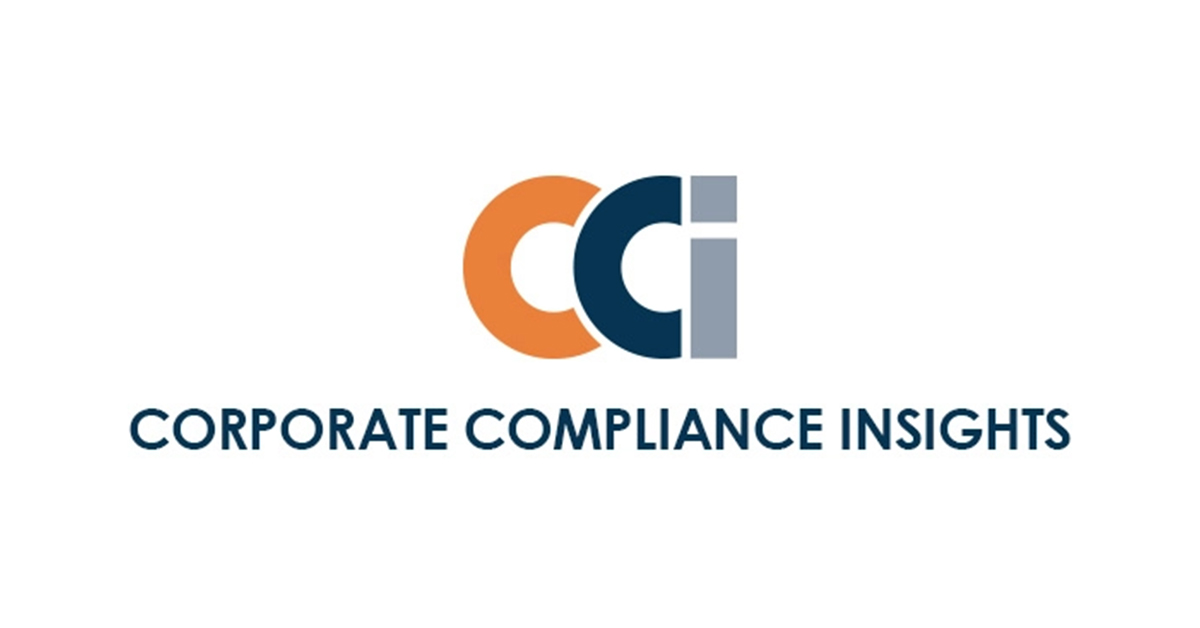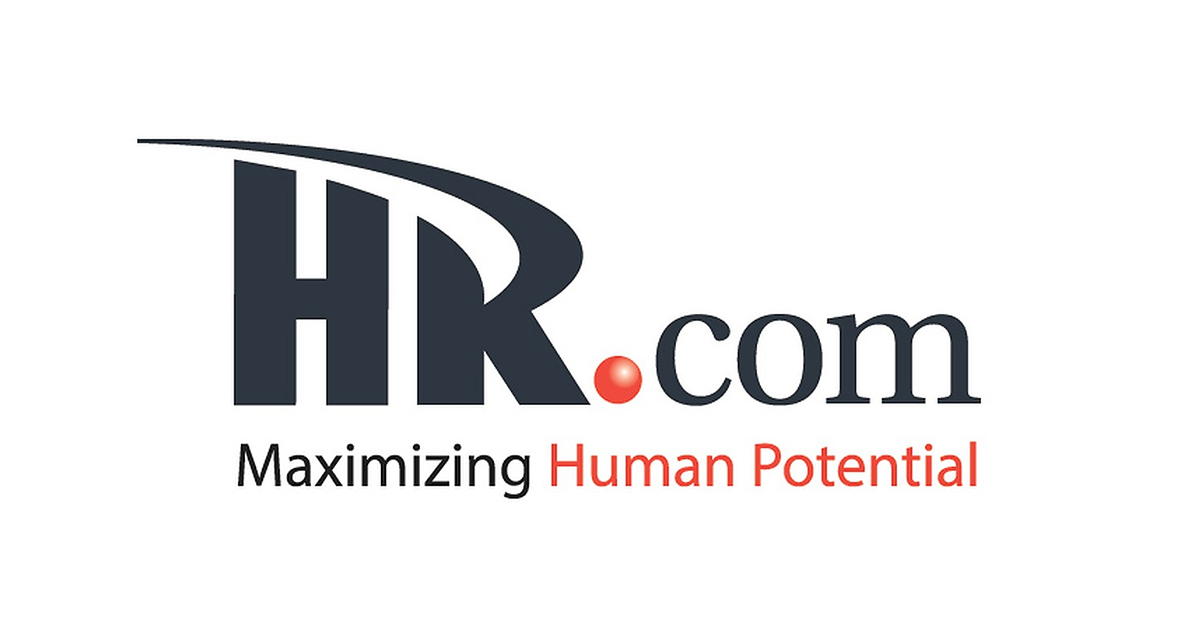Many organizations approach issue management from an administrative perspective. The traditional goal is to use checklists and excel spreadsheets to quickly mitigate issues between employees, completing each step and treating each issue in much the same way. Human resource (HR) leaders need to build their management strategies with the evolving workplace, meeting the needs of their employees from a humanistic standpoint while working to optimize HR technology to proactively address and prevent issues from developing altogether.
Issue management and its
importance to HR
Issue management and crisis management are two separate processes that often overlap yet get mistaken as one system. Crisis management, while often associated hand-in-hand with issue management, is the process of dealing with an incident or crisis. It involves responding to the situation and minimizing its impact on a company and its stakeholders. Issue management, on the other hand, is the process of handling an issue so it doesn’t become a crisis. This is necessary for risk reduction, the company’s productivity and its ability to satisfy buyers.
Issue management is a vital process for HR. It is important to be able to address issues and concerns that arise in the workplace and provide efficient and effective employee support. HR professionals need to be able to handle all types of issues to maintain a positive working environment. They also need to identify and resolve these issues in a timely manner. This is not always an easy task, but with the help of technology, HR professionals can do this more efficiently.
The issue management process can be broken down into six main steps:
- Identifying the issue.
- Creating a logbook containing important information and updates on the specific issue.
- Assigning roles and commitments so managers know who will be responsible for each part of the investigation.
- Assessing the issue to determine its severity.
- Gathering information from all parties involved.
- Making decisions about how to handle the issue and taking necessary actions.
- Closing the issue so all involved are aware of when they can move on.
- Although these steps may seem few, each is correlated with many processes and best practices that require a dedication to detail and an emphasis on employee relations. Your organization’s issue management process will differ from another’s, so special consideration should be taken for your employees’ needs.
10 Techniques for effective issue management in the workplace
Managing risk is essential for project success and the cohesiveness of any organization. For organizations to ensure the effective management of issues, they must set a clear process.
Here are some best practices that industry experts have implemented in their own organizations:
1. Categorize issues according to their severity.
Every issue that develops in an organization is going to be different and should be approached from its own perspective. Some problems may be more severe than others and require different methods and responses from human resources. Using a green light, yellow light or red light approach (where green lights fall within the best practices of your organization and red light encompasses serious allegations of wrongdoing) can help you develop best practices for specific situations. This method of categorizing will also help when distinguishing which issues need to be escalated to upper management.
2. Consider pre and post-issue management.
While investigating an issue is important, HR and ER managers must also develop effective plans before and after an issue occurs. Pre-issue management is the process of setting expectations and planning for potential issues before they happen. This includes identifying and managing risks, gathering information about the issue and creating a plan for addressing it. If you’re not proactive here, your organization will be more likely to experience an incident or crisis that may have been prevented if proper measures were taken.
Post-issue management is when an issue has happened. It includes crisis communications, issuing a public statement or providing updates to stakeholders. The team should document what happened, what could have been done to prevent it and how they will fix it going forward. Gathering feedback from all those involved will also help to apply lessons from future projects.
3. Identify and solve the root cause of an issue.
Employees can quickly become demotivated and alienated from their employers when certain issues tend to continue arising even though they’ve been deemed “closed.” For example, if an employee and project manager faced a communication barrier that resulted in less than ideal outcomes in the past, and a later project led to the same problem again, then it’s clear that the root cause of the issue hasn’t been addressed. Perhaps there are issues with the issue management system itself to resolve. If you can aim to solve the root cause of an issue, you can save time, money and heartache by only having to deal with it once.
4. Create a timeline.
Developing a predetermined timeline – that can be modified when necessary – can greatly improve the efficiency of your investigations. One major no-no of issue management is letting the process drag on too long. This can rake up an expensive legal bill if your organization is involved with lawyers or professional investigators, and it looks bad on the organization as a whole to appear as if problems are not being taken seriously or “brushed off.” You can support strong issue tracking by giving each critical step in the process a due date that needs to be met and having everyone involved in the investigation process committed to these dates.
5. Involve all employees’ unique needs.
It’s important to bring all employees together and evaluate where an issue may occur, so you can solve it preemptively. The modern workplace has evolved to include multi-generational, widespread employees who may not have the opportunity to meet and connect in person. Depending on the unique needs of each employee, which may fully include their generational characteristics, they may need to be kept updated differently. For example, sending an email form of communication as well as utilizing a smartphone application can reach staff on different levels.[Text Wrapping Break]
6. Share your issue management process with the workforce.
Once you’ve developed a concrete procedure to follow throughout the issue management lifecycle, each staff member must be aware of it – and conscious of their own responsibilities in the process. One excellent way to share the issue management strategy is via the employee handbook. In this way, employees will see their rights and responsibilities as employees and what they can expect from management and HR, accessing it whenever they like. [Text Wrapping Break]
7. Ask for feedback.
HR managers should be aware that they need to make their employees feel like they are important and that their opinion matters so that they can create an engaging culture. After, and even during an investigation of an issue or crisis, there is value in asking those involved for feedback on how it went. If the entire plan is followed through by HR managers alone, there leaves room for bias, misinterpretation and a windowed view of what’s occurring. Feedback can bring to light where resources may be wasted and what areas of issue management can be improved. [Text Wrapping Break]
8. Continue to review your logs and tracking on a regular basis.
It’s important to continually check back and review your logs and tracking records consistently throughout the issue management process. By doing this you – or the assigned expert responsible for this task – will be more likely to connect issues or pinpoint inconsistencies that help the investigation. Keeping a log is important, but going back to review what you’ve gathered so far will ensure nothing is missed and your team comes to the right conclusion. Don’t spend too much time looking back, however, as it can backfire if you end up losing sight of your end goal.
9. Implement an escalation plan
Many of the issues that will appear in the workplace can be managed effectively by HR and ER, but there will be instances where it will need to be outsourced to upper management. There should be a review process in place that determines what needs the attention from higher up and what can be handled within human resources. It’s important not to waste time and resources by escalating a crisis that could be handled internally. However, time can also accumulate when a complex issue should have been escalated much earlier.
10. Use technology as a resource.
More organizations are realizing the benefits of having an issue management system set in place with the help of automated analytics through cloud-based software. It can monitor the potential for issues and provide resolutions that can prevent them from maturing into a full-blown crisis. The right software delivers valuable insight into employee behavior to support positive employee relations (ER) while also giving the right tools and resources to mitigate and investigate workplace issues that will inevitably arise.
Your own leadership type will be a contributing factor in how your HR department implements its issue management process. You – and your team – may be more receptive with the use of color mapping while others may use checklists instead. Remember to go with what you know and what you and your organization are comfortable with and use these best practices as a guideline to streamline your strategy.
Lower risk with an effective issue management system
An effective issue management system can help an organization mitigate risk, increase productivity and boost morale. Luckily, HR technology has become a major asset for organizations across multiple industries to monitor, track, investigate and resolve issues. A customized issue management system benefits from the speed at which investigations can be handled, the lower cost overall of not needing to hire an outside investigator for minor problems and satisfied employees for many years.
As the investigation closes, when you’ve gathered all the evidence relevant to the issue at hand, it may leave a big impact on your organization. The key to an effective issue management system is to know when it is time for you to implement a decision based on that conclusion. You should understand the risks associated with each decision and put a system in place that will help you make the right choice at the right time with the smallest possible negative impact on your employees and the reputation or productivity of your organization.
HR Acuity provides top-of-class employee relations software that uses automated analytical intelligence to track employee behavior, store essential data in a centralized database and become a dashboard to bridge the communication gap between staff and management.
For issues that do arise, our issue management software allows each incident to be actively tracked, assessed of their risk, and prioritized based on their severity and necessary course of action. By taking many of the administrative tasks off of the shoulders of HR professionals, they can proactively address and meet the needs of their organization while focusing on employee relations and employee engagement to boost positivity within the workplace.
Reach out to HR Acuity to request a customized free demo of any of our products and to get the conversation started.




